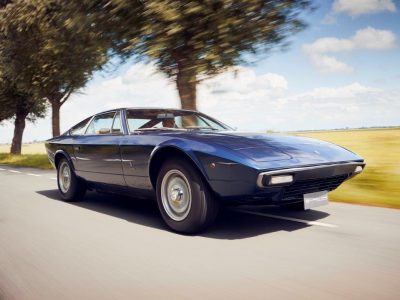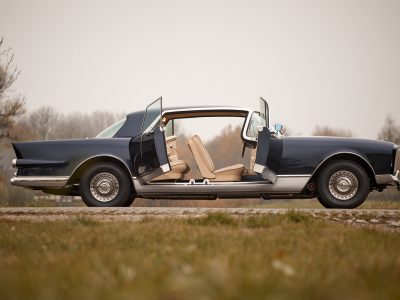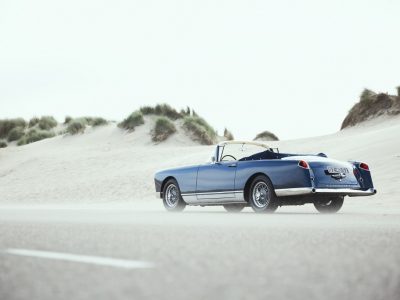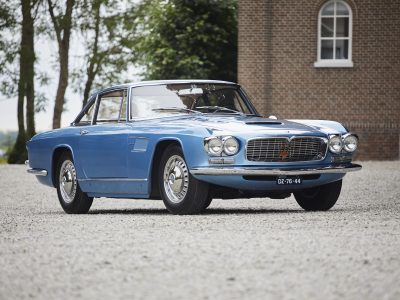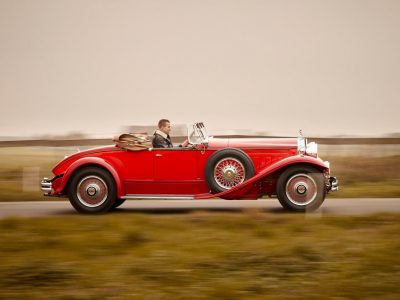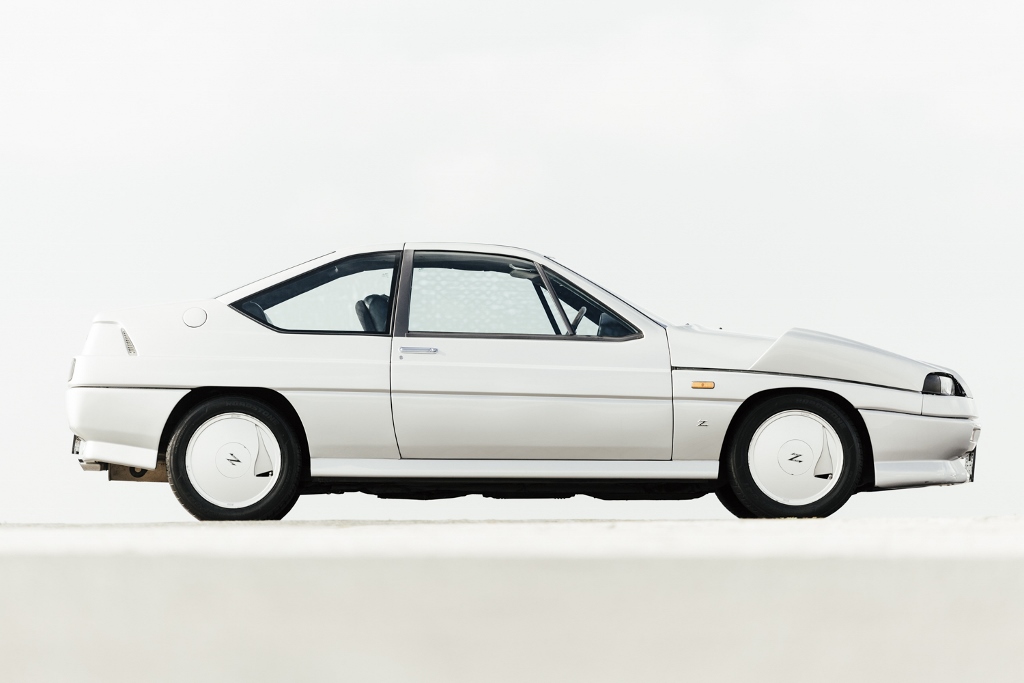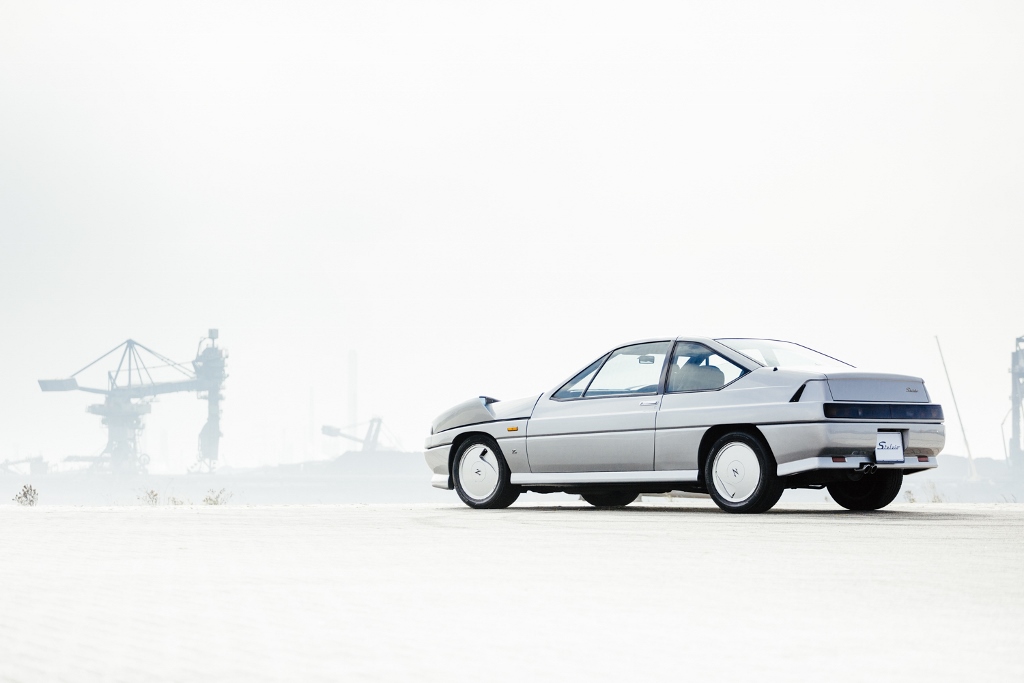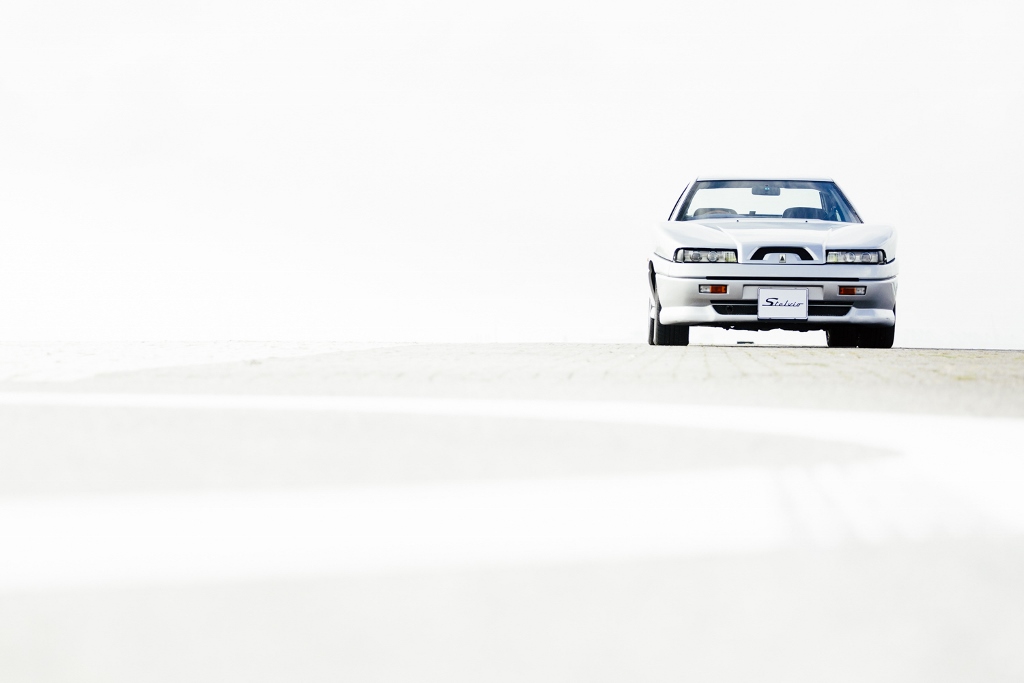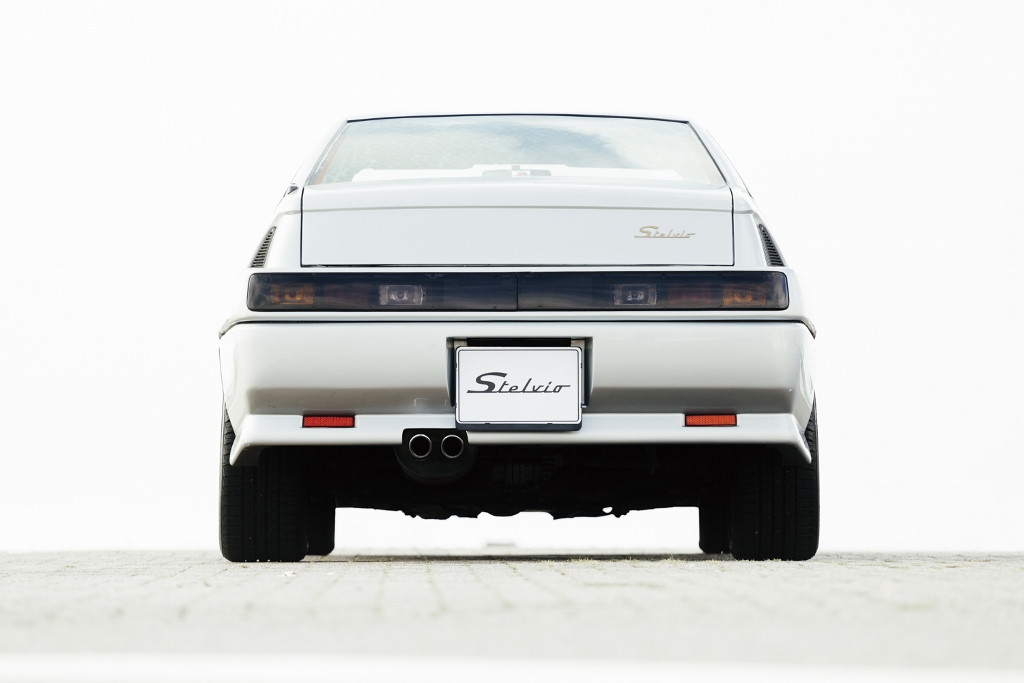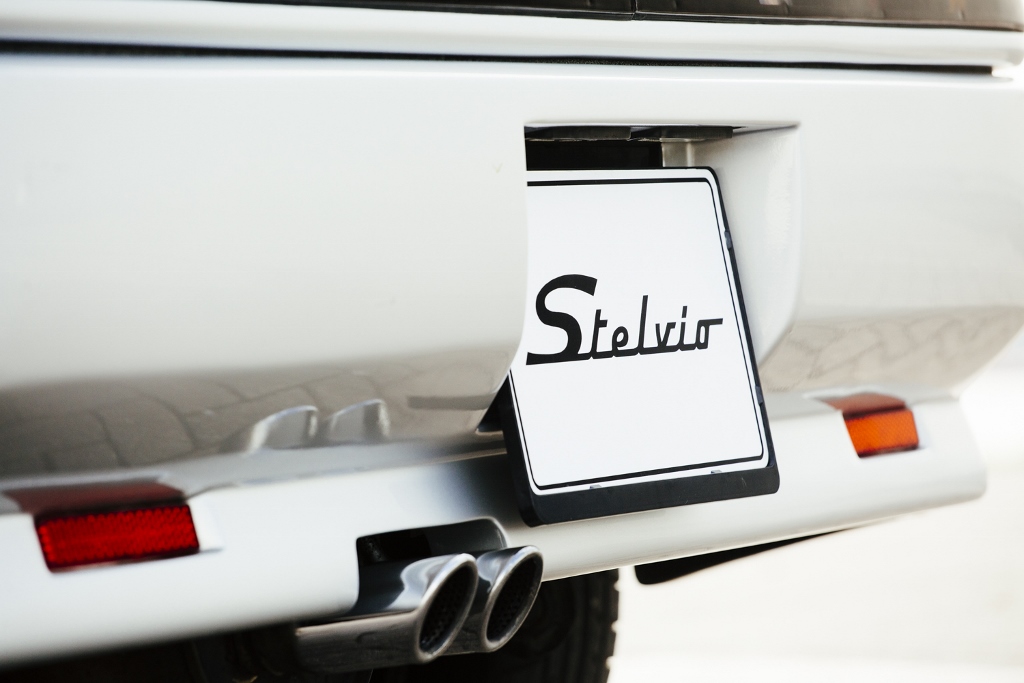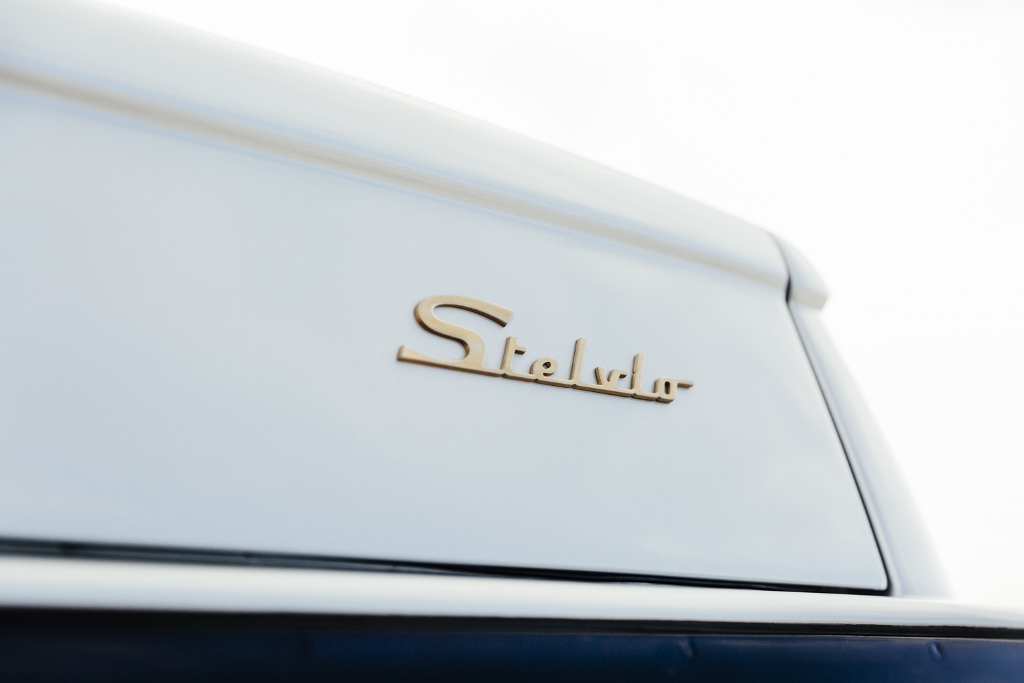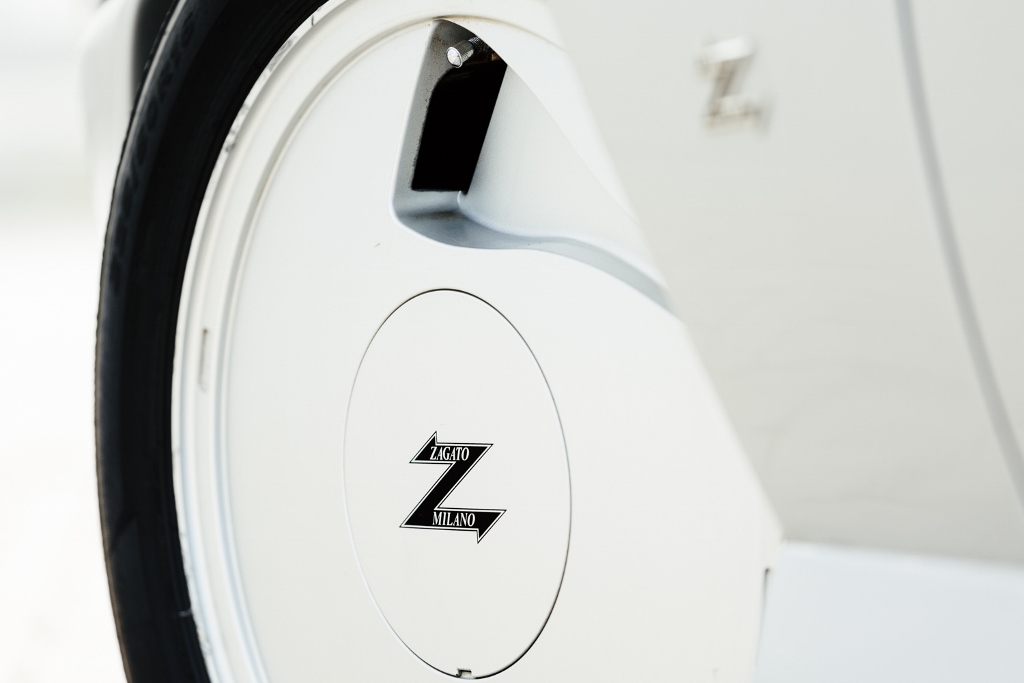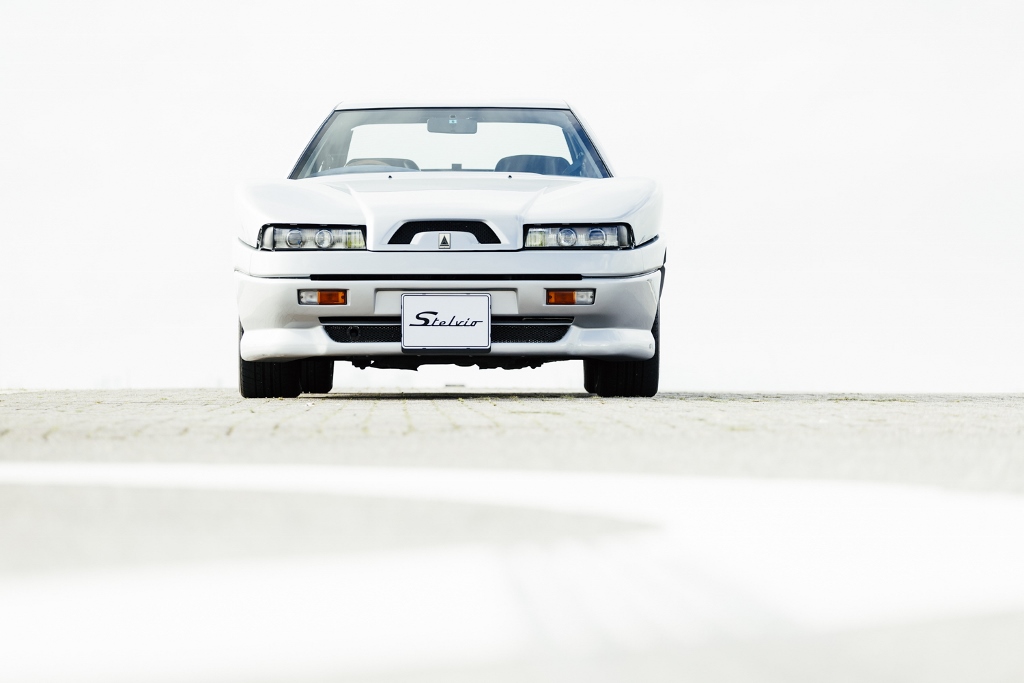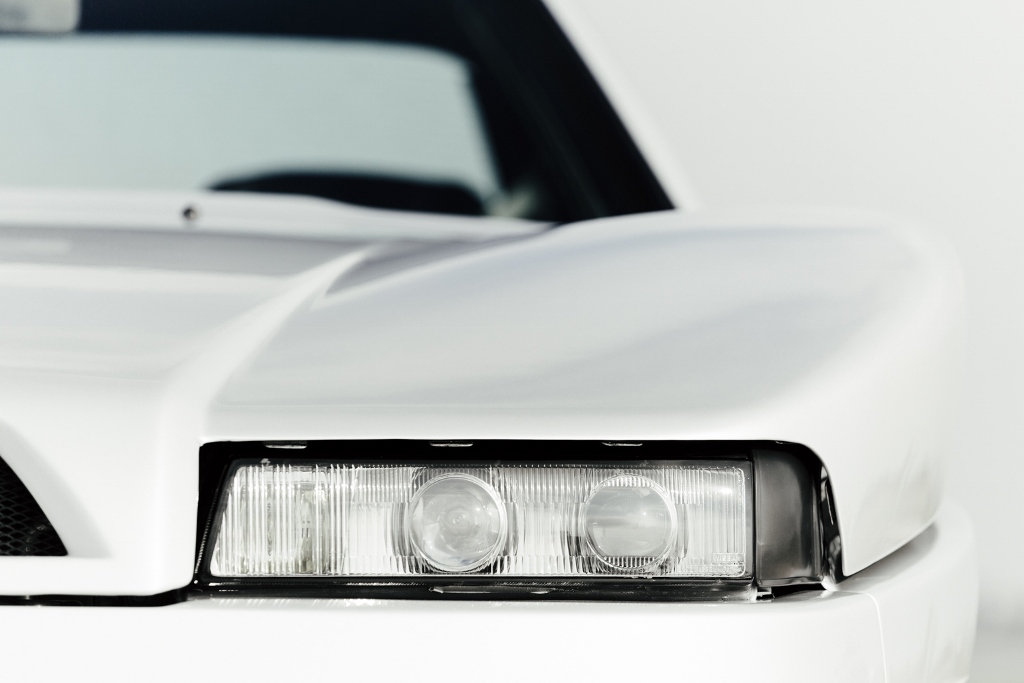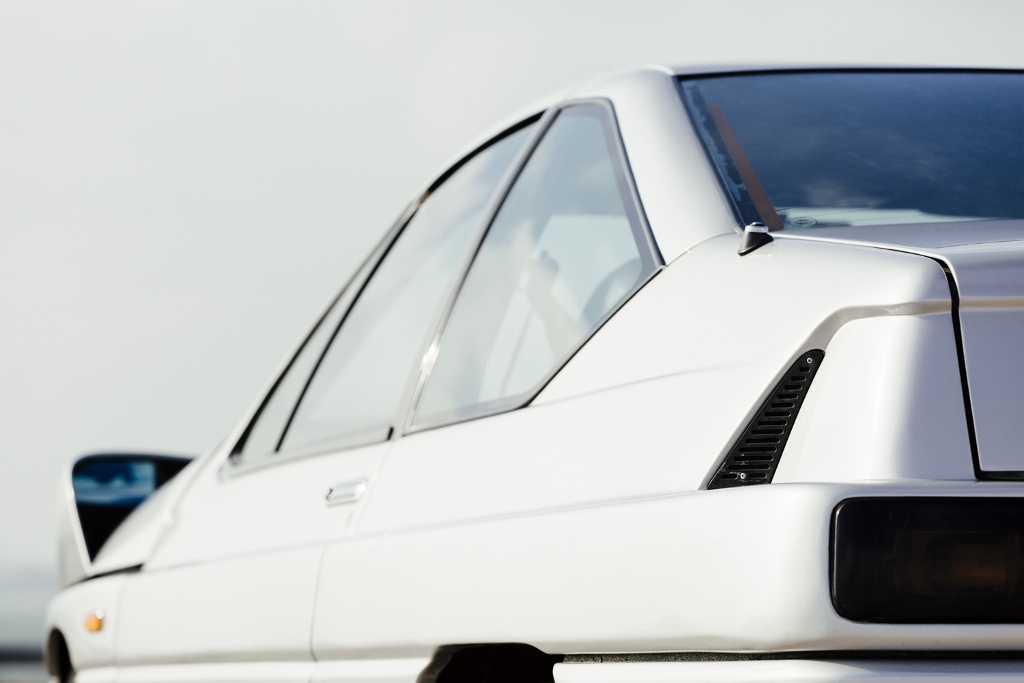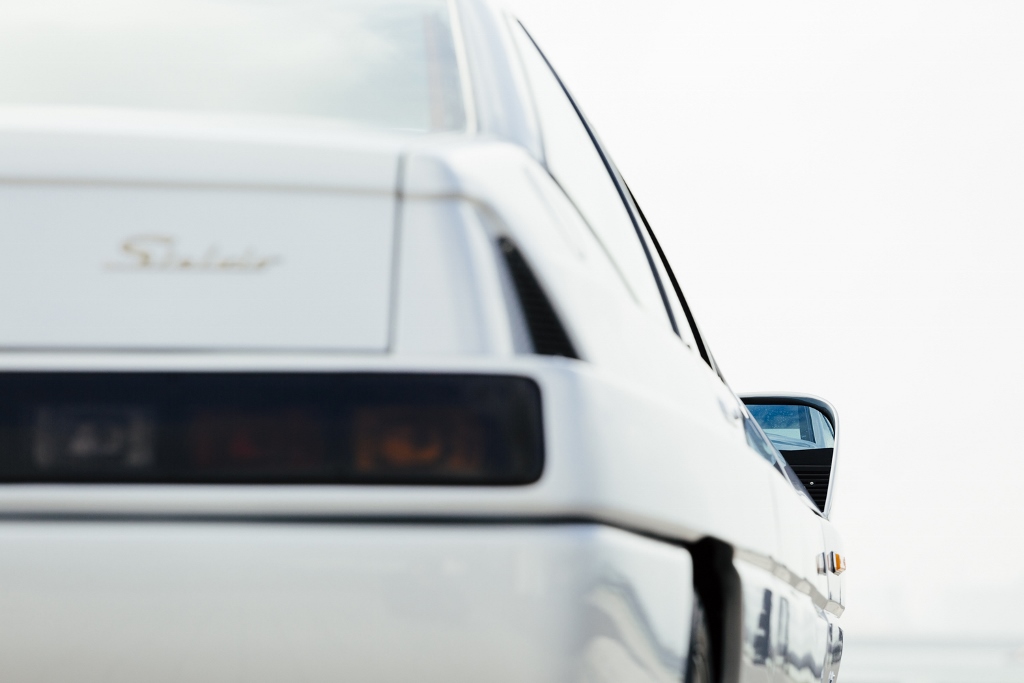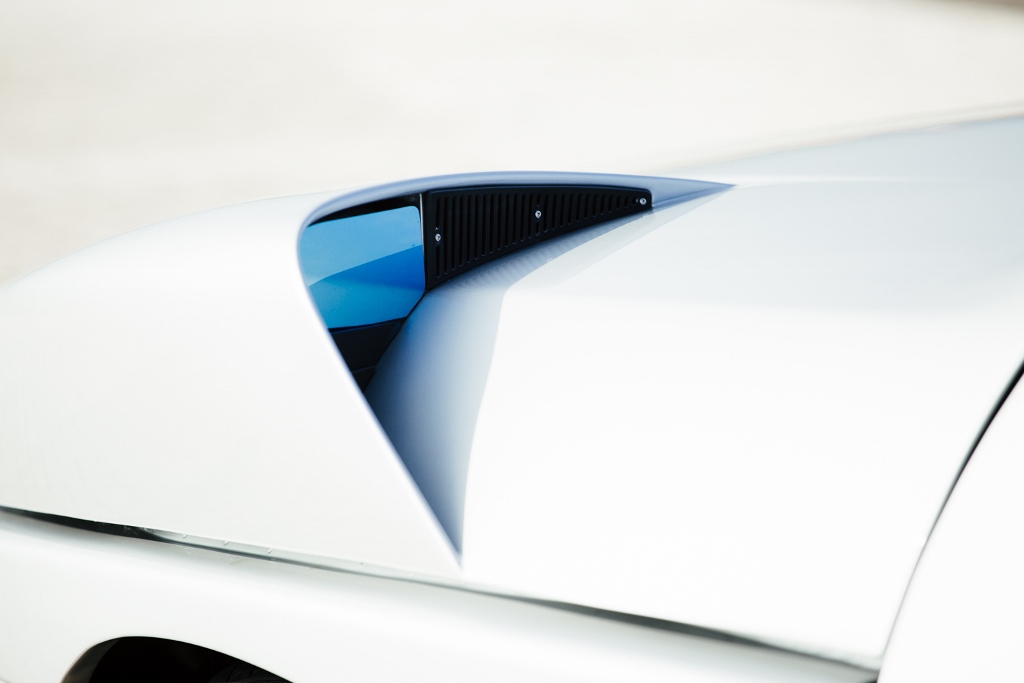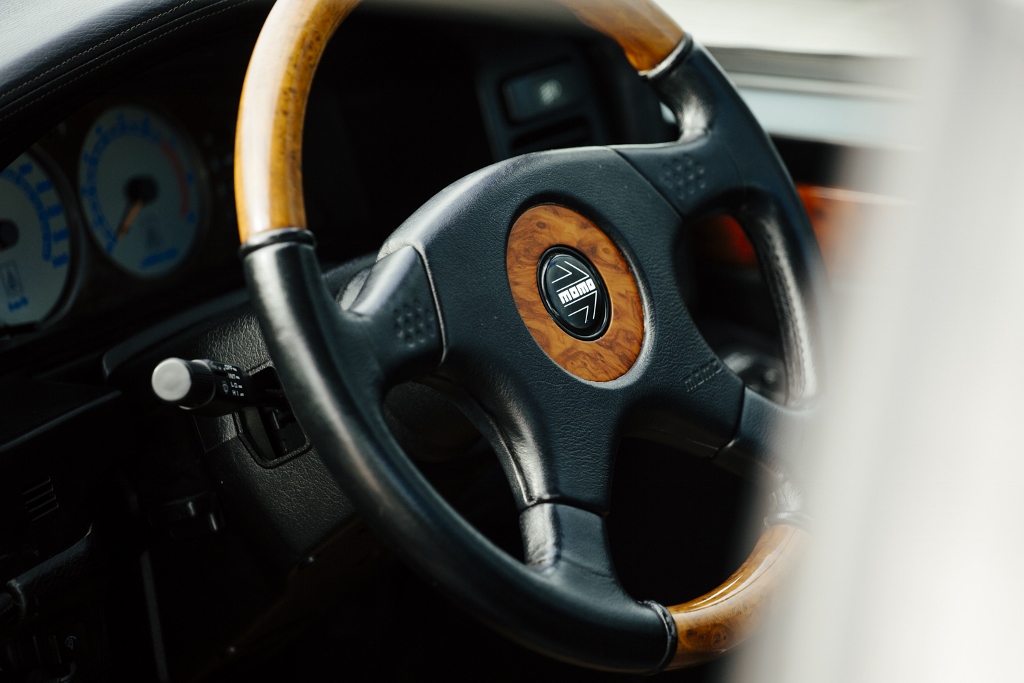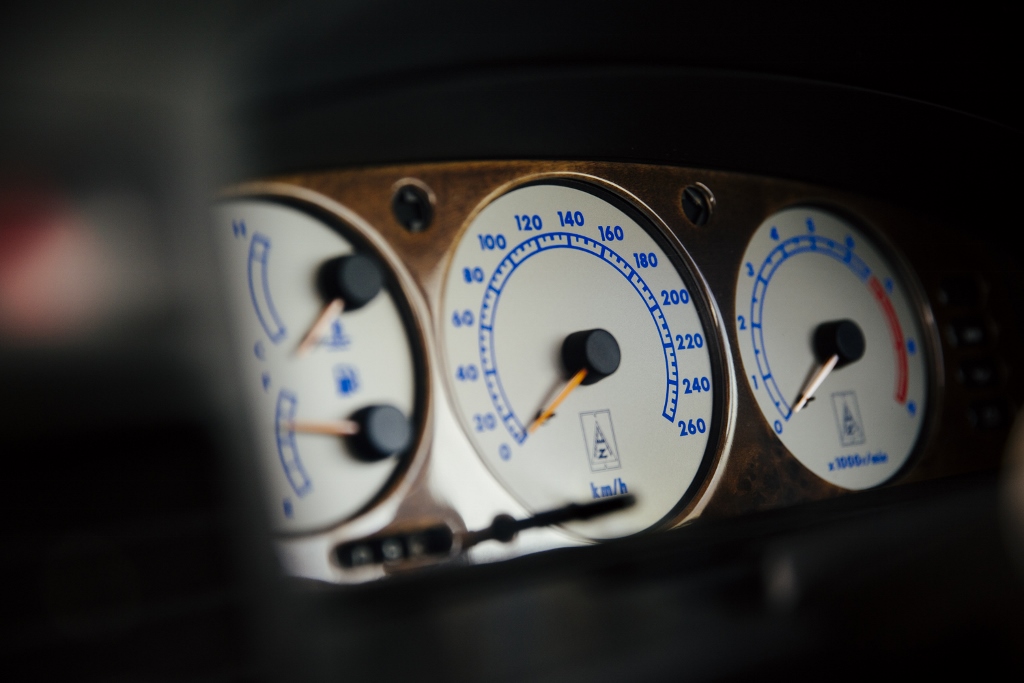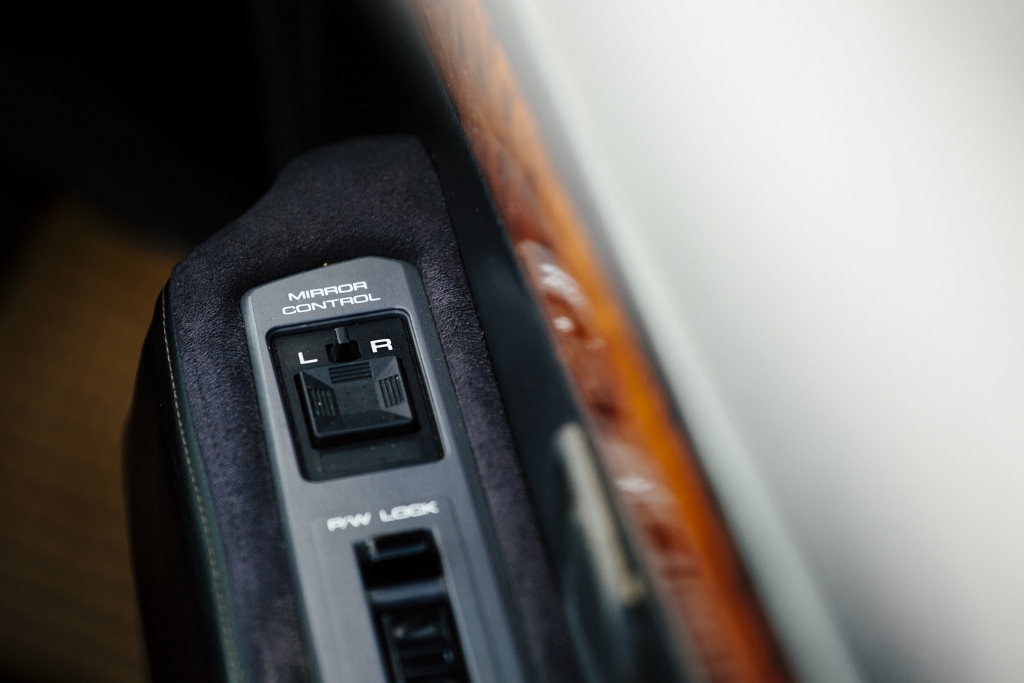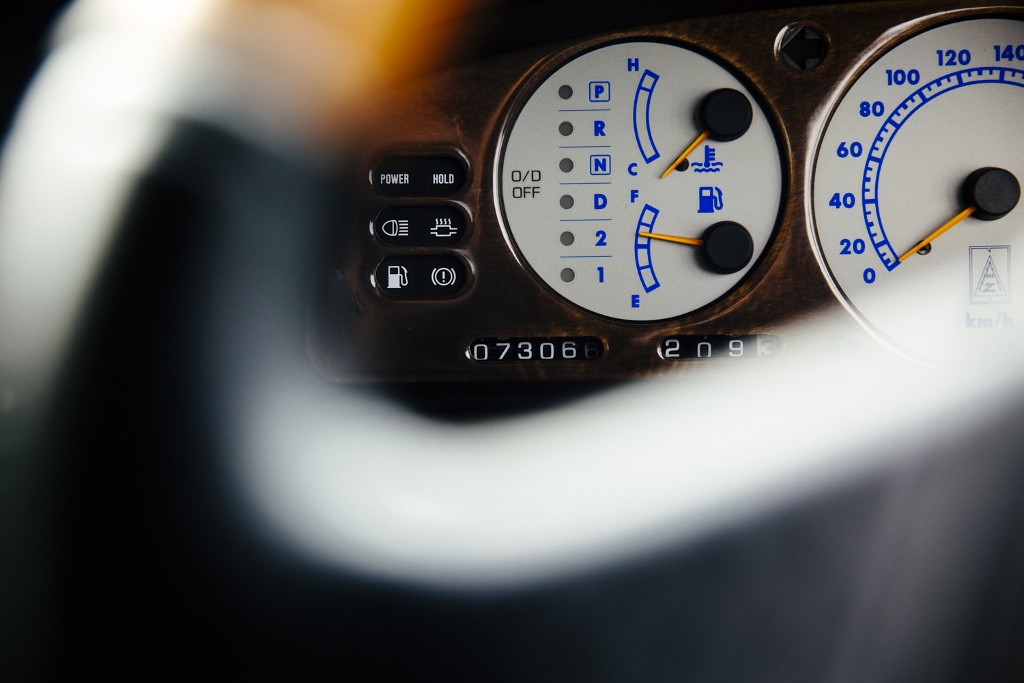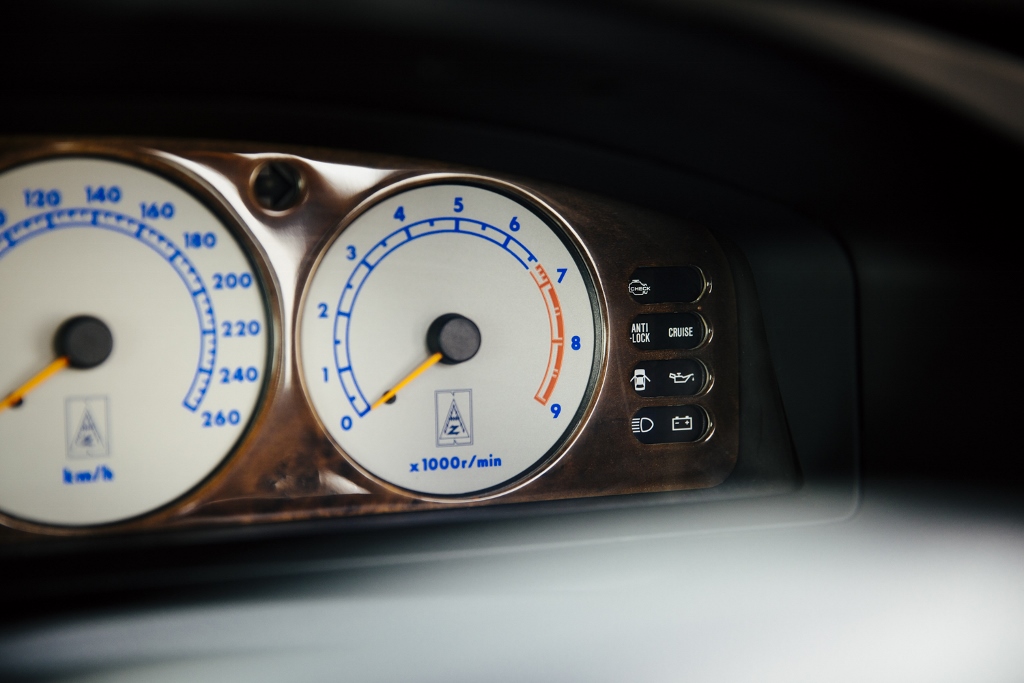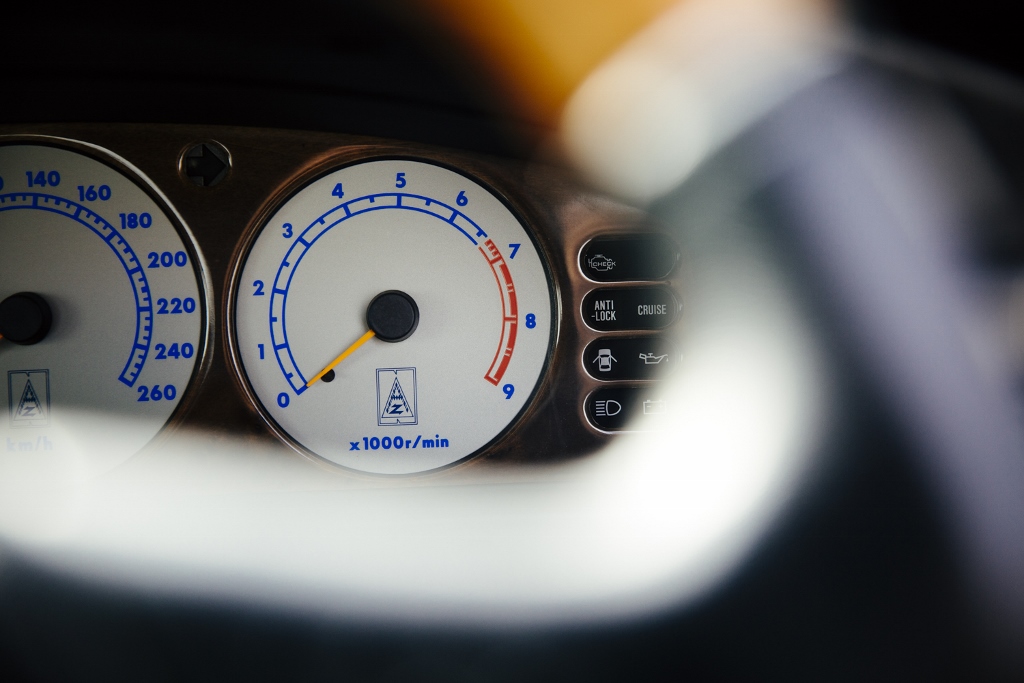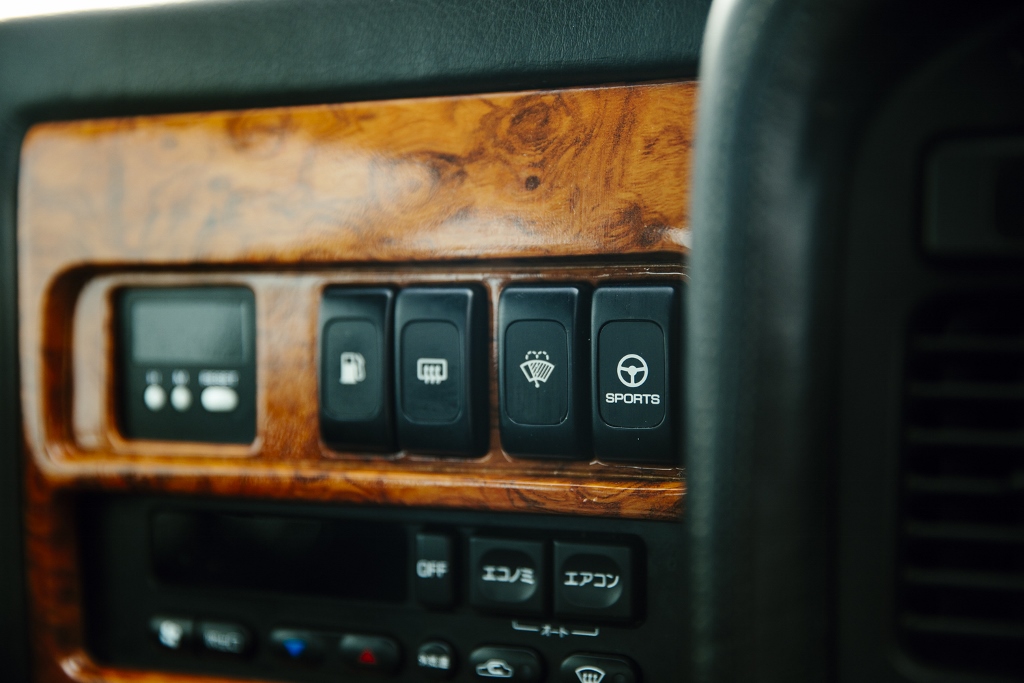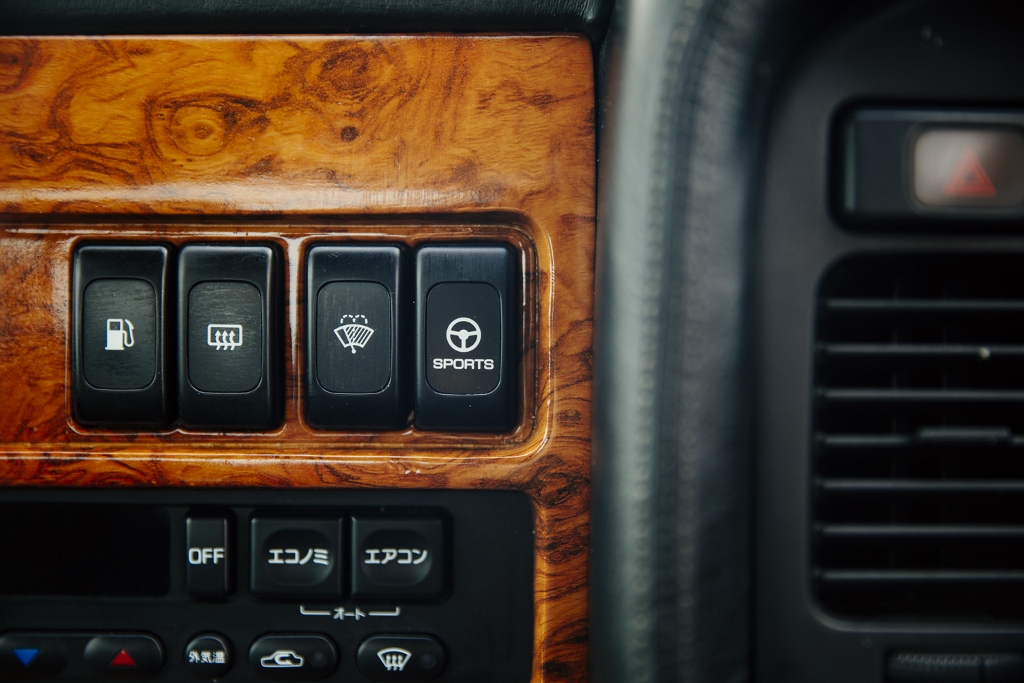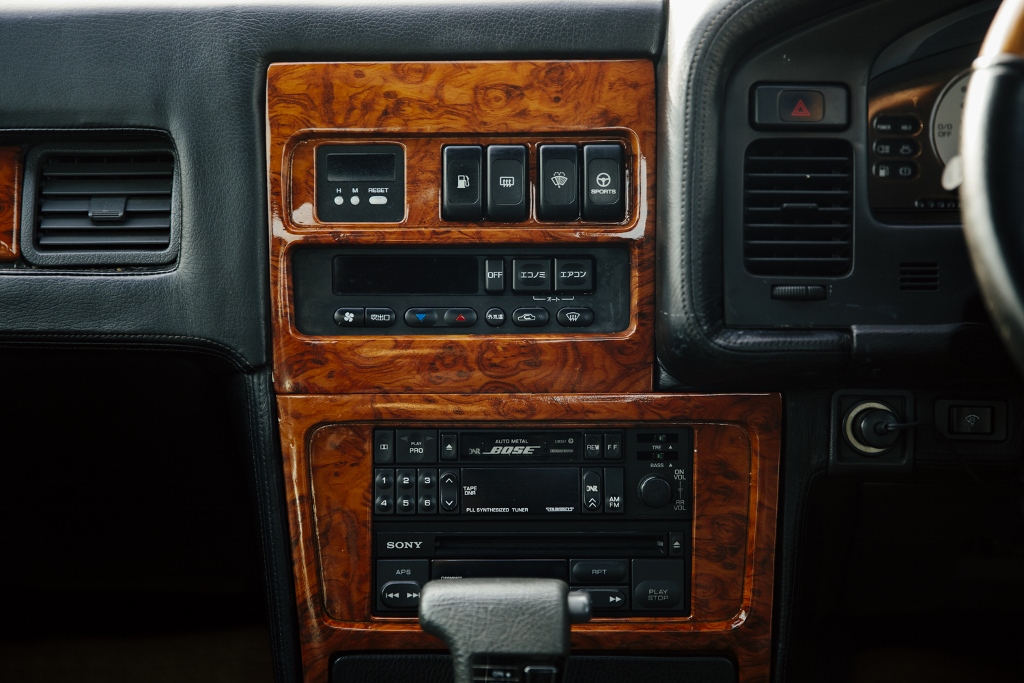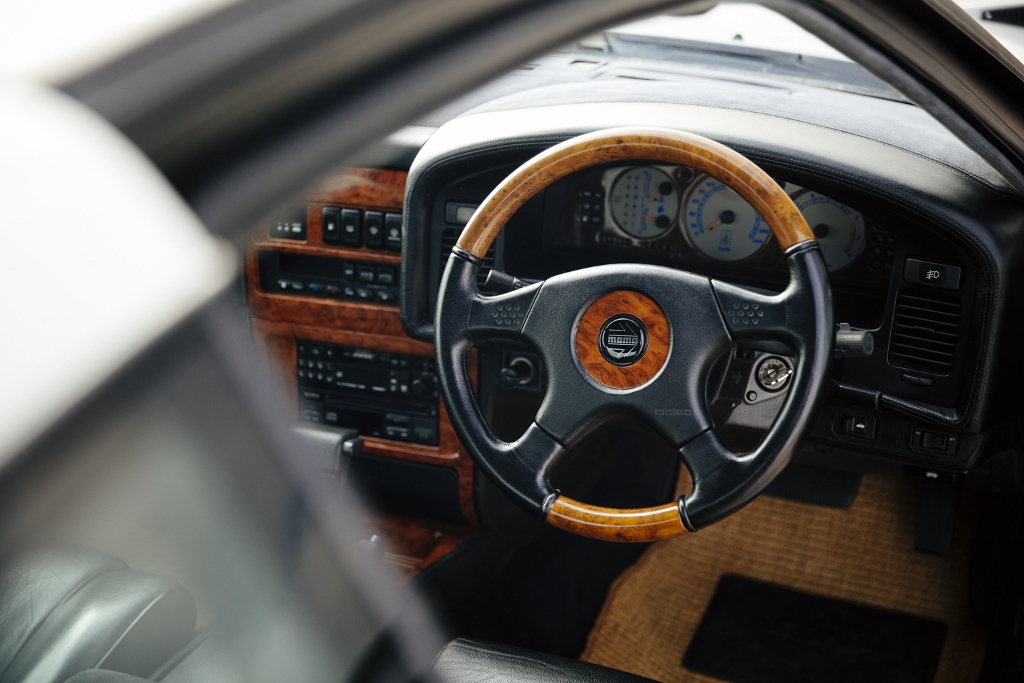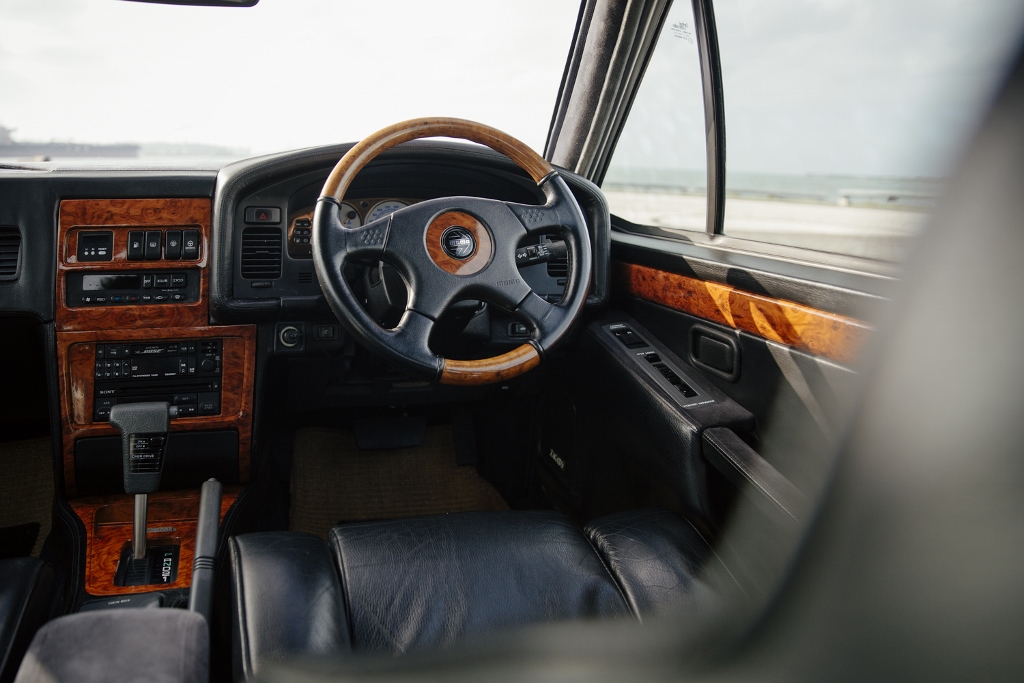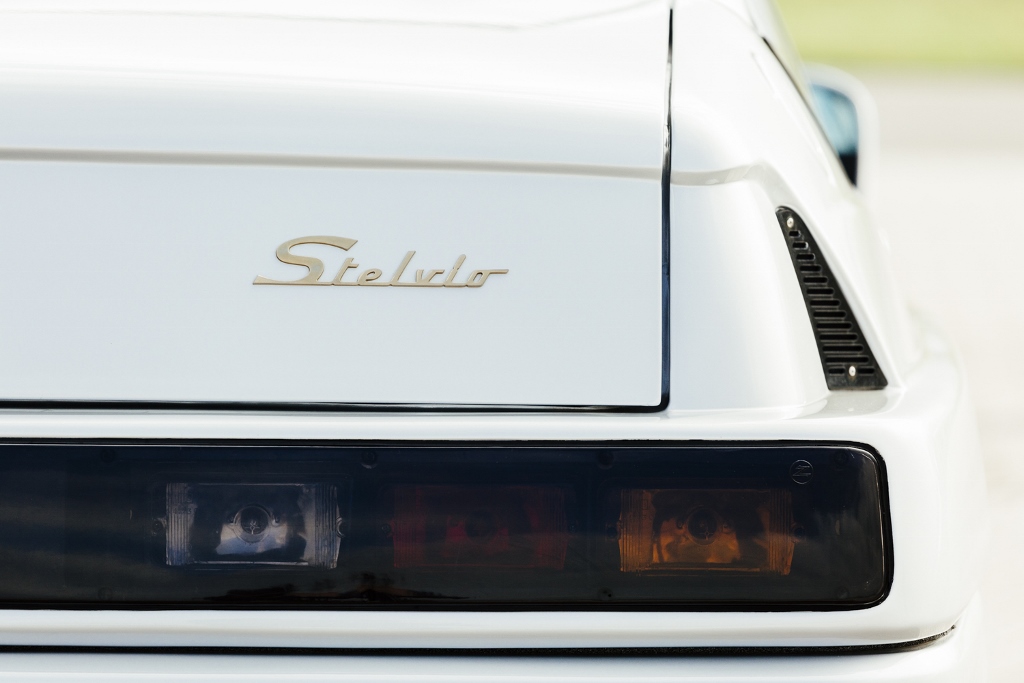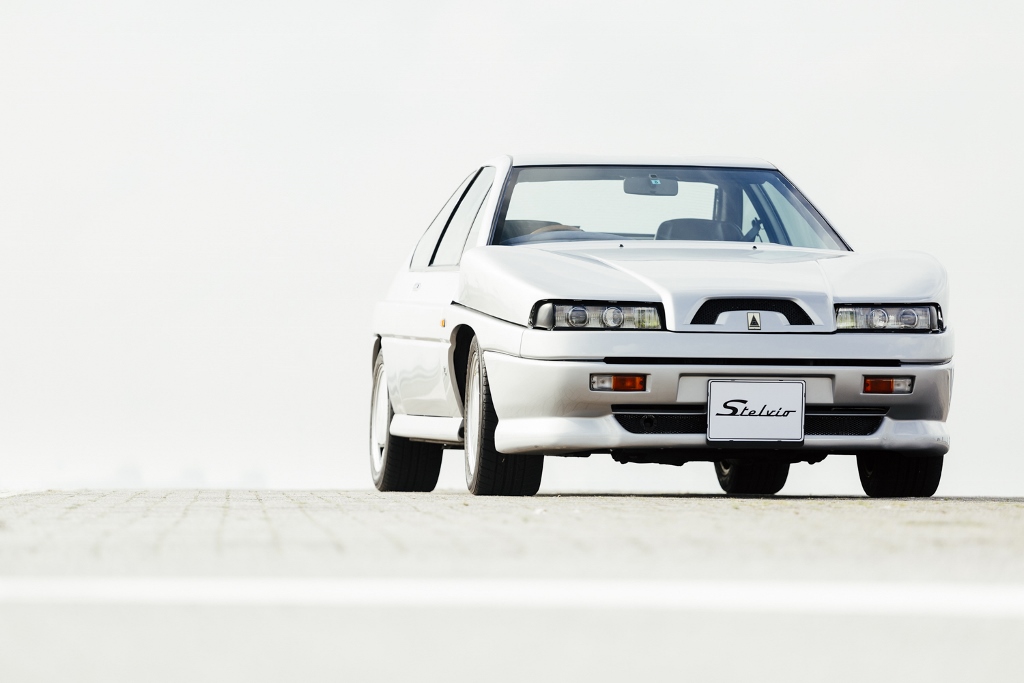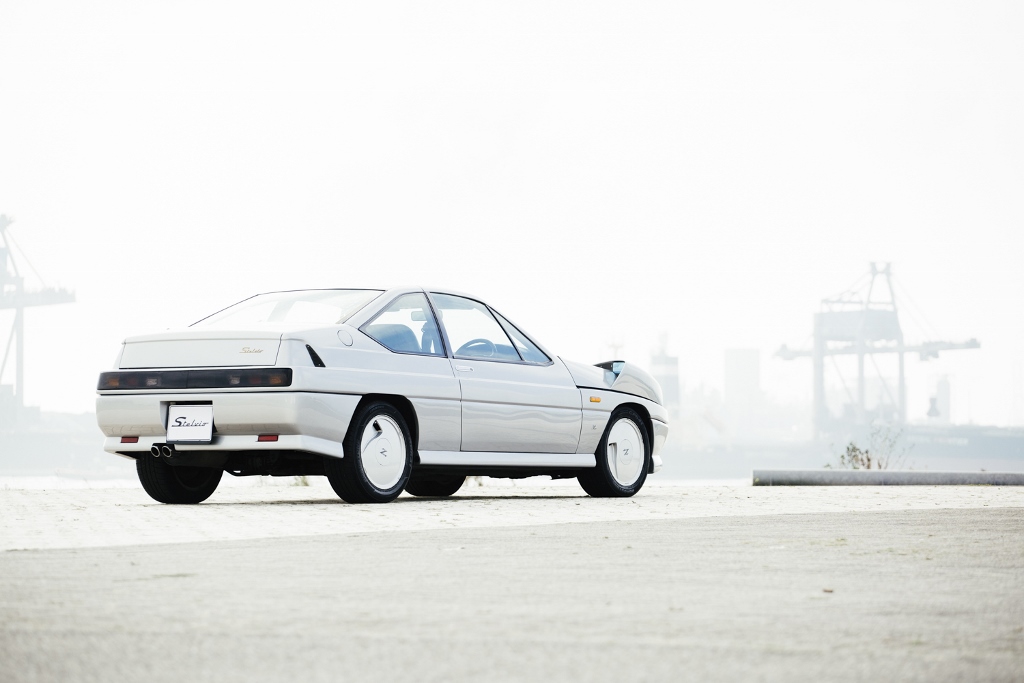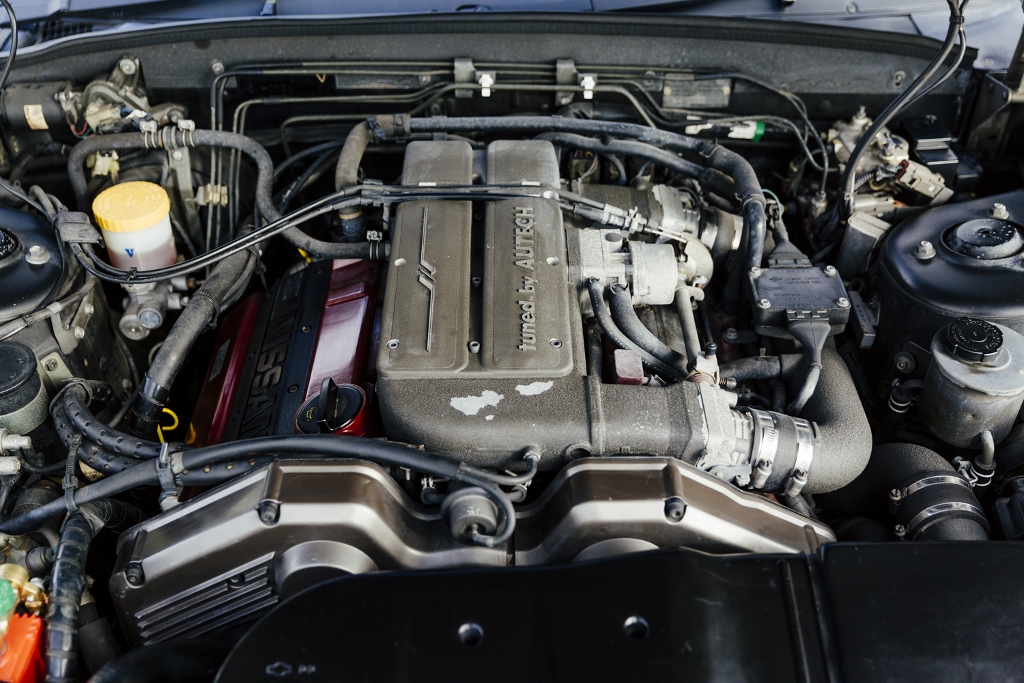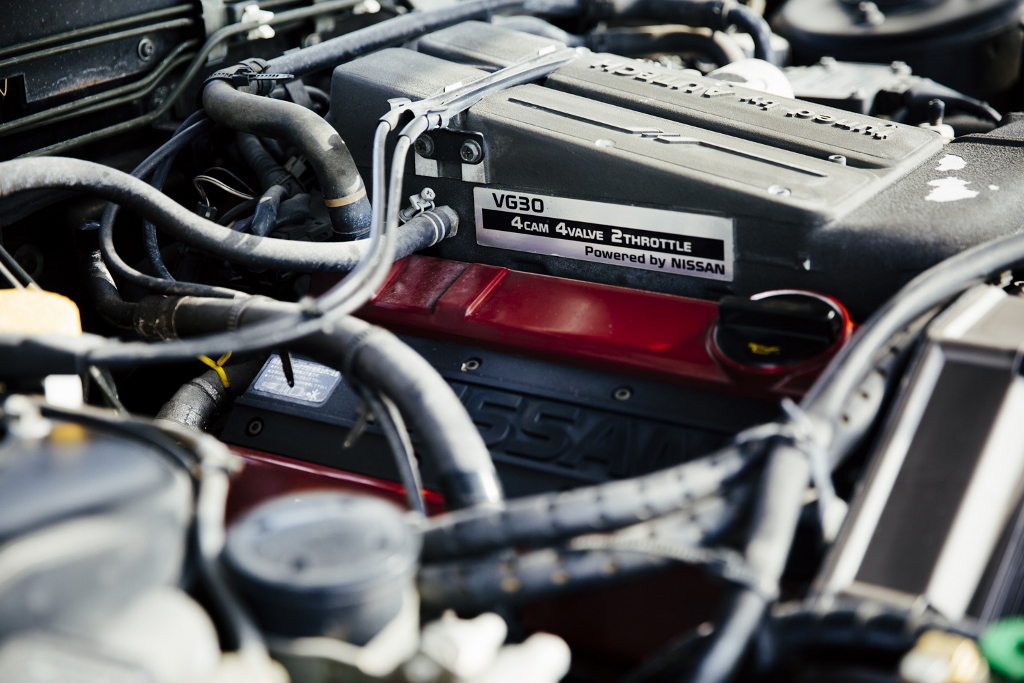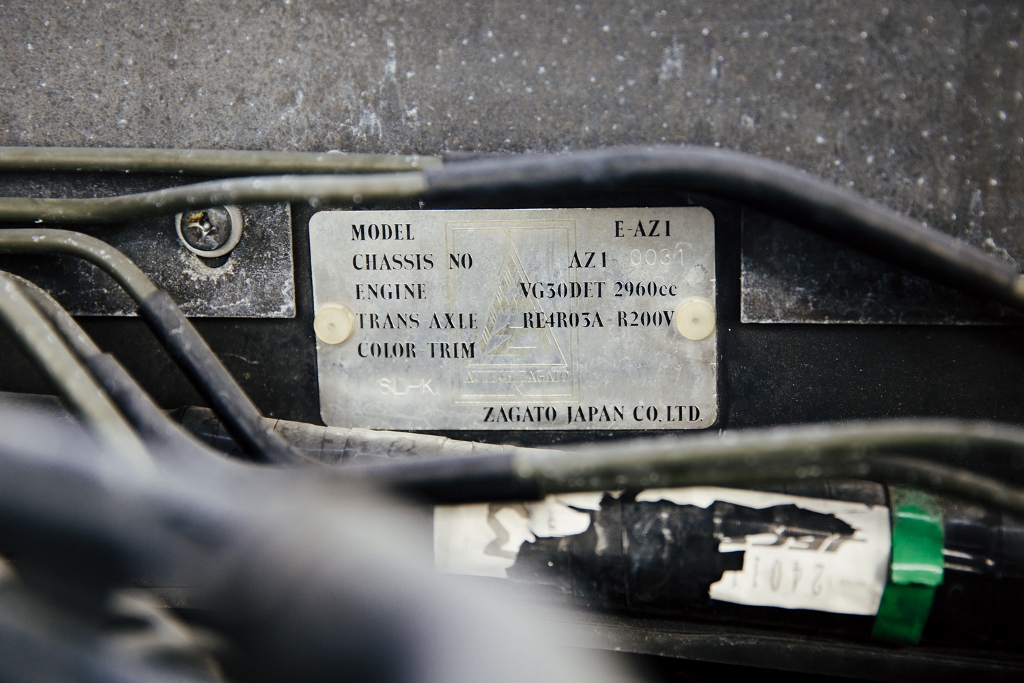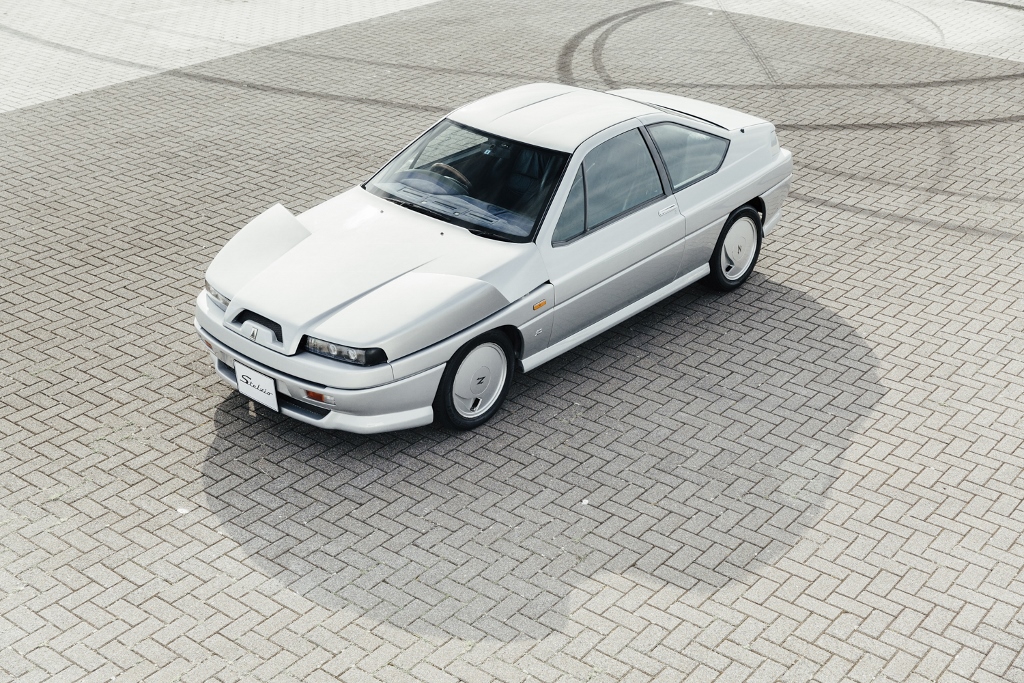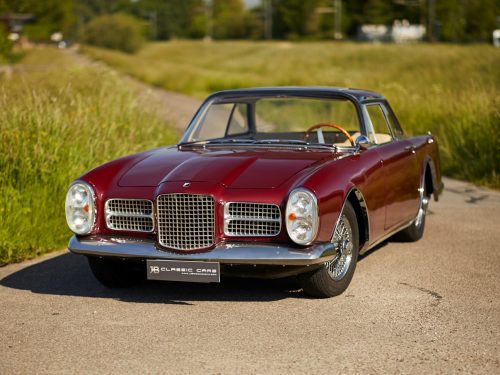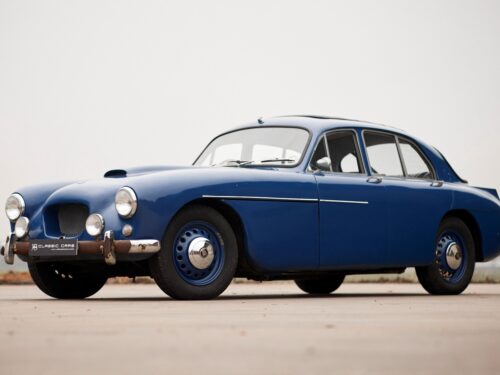Nissan Autech Zagato Stelvio AZ1
In a time when pleated pants were mainstream and colourful sweaters were worn over a turtleneck, Nissan sent its independent tuning department Autech to Milan for a new project. Times change, and if Steve Jobs would still have been with us, we wouldn’t have forgot about turtlenecks, despite some architects. Pleated pants never really got back in fashion afterwards and if you look at the Autech Zagato Stelvio for the first time, you can only imagine why its design isn’t that timeless as other Italo-Japanese cars out there. But rare and exclusive the Stelvio is. After we drove it we can’t stop thinking of the Italo-Japanese grand tourer. Let’s check out all its details, because it is worth to know everything about this rare gem.
JDM Gentlemen agreement
Compared to Dieselgate the Japanese gentleman agreement about maximum horsepower is the countries weirdest conspiracy. Most JDM cars with 280hp all seem to have an extra pack of horses and this Autech is no exception. The 3 litre turbo with double overhead cams, four valves per cylinder and double throttle bodies is tuned by Autech to 320hp although the official number stayed 40hp lower. This VG30DET V6 engine is as smooth as silk and it makes the AZ1 a very fast car for everyday use. The Autech package offered a reliable, quick car with all gadgets the World had to offer back in 1990, although some of the critics always mention the fact it didn’t come with a manual gearbox. But the 4-speed automatic had a sports mode and electronic overdrive that was switched on with a push button. It really offered the best of the best. For example, ZF didn’t even offer a 5-speed automatic gearbox back then. Although the Stelvio wasn’t a sports car, it could outrun a Corvette C4 automatic easily. This Zagato only needs a 6 second sprint to reach 60 mph and reaches a top speed of 154 mph (248 kmh).
The early 90’s was a great era with unique, pretty square body styling that was only temporarily interesting, but car lover who grew up during that period always will have an extra space in their hearts for these odd looking cars like the ones just mentioned. Seen from several angles you can also recognize the Stelvio’s closest family members like the Aston Martin Vantage Zagato, Alfa Romeo SZ and the ultra rare Lancia Hyena Zagato. All built in the same era, by the same craftsmen.
The interior is pretty straightforward and was based on the Leopard F31 interior, although the Italians have added leather, alcantara and fake walnut wood. With its original coconut mats and in period Momo steering wheel you’re never quite sure what part was designed by Zagato and what was fit by the Japanese. But we know that Autech delivered the engine, drivetrain, suspension and chassis. The chassis itself was based on the Nissan Leopard F31, from which the Stelvio also got its 3 litre V6 Turbo and automatic gearbox. In and around the car many Zagato logos and badges can be found. The wings that house the mirrors are a unique mix between the typical Japanes fender mirrors and a streamlined shape for optimal performance.
It’s definitely a car that Zagato was proud of at the time. And it was financially lucky to make a deal with the Japanese after Aston Martin sold them 50% of shares in the Milanese company. The future looked bright again for the coachbuilder. The collaboration with Autech was interesting, because Autech’s president was no one less than Shinichiro Sakurai, the father of the Skyline and responsible for famous racing successes with Nissan. His life seemed dedicated to engineer cars in a way to succeed at race tracks and to enjoy on the open road. After the Stelvio production stopped Autech launched its successor, the Gavia, also named after a great Italian mountain pass and again with Zagato coachwork and interior.
The example we offer here was road registered in January 1990 and has chassis number 31. Only a handful of Autechs were exported out of Japan when sold new. This car arrived in Europe earlier this year and when the car arrived at our workshop we were surprised that such a rare car was used well in its homeland. It definitely is not in concours condition, but it isn’t worn out either. It’s a driver’s car, for everyday use, with air conditioning, a fine automatic gearbox and a Bose audio system. Because the car was built in an era in between full analog cars and modern car with all kind of driver aids, everyone will appreciate the perfect suspension and handling. Seated in very comfy alcantara sports seats and surrounded by all kinds of pleasant, retro, gadgets this will probably be the car any Zagato or Nissan collector will drive the most in.
As soon as you accelerate, the car comes alive. It is pretty quick when you only touch the throttle a little bit. There’s no lag there. When you floor it, it will take you by surprise, because of the large amount of torque that helps to build up massive speed in an eye blink. You are not forced to use all the 320 horsepower to drive spirited. The Autech engineers really wanted to create a joyful grand tourer and their first ever attempt was already a strike. The Stelvio feels as great at bumpy country roads as it does on the highway at both legal and highly illegal speeds. It turns heads everywhere it goes. And for once, even the car nuts really don’t seem to have a clue of what it is. This makes the car feel extra special to any driver, anywhere, anytime. And in this car you can still wear a turtleneck.




